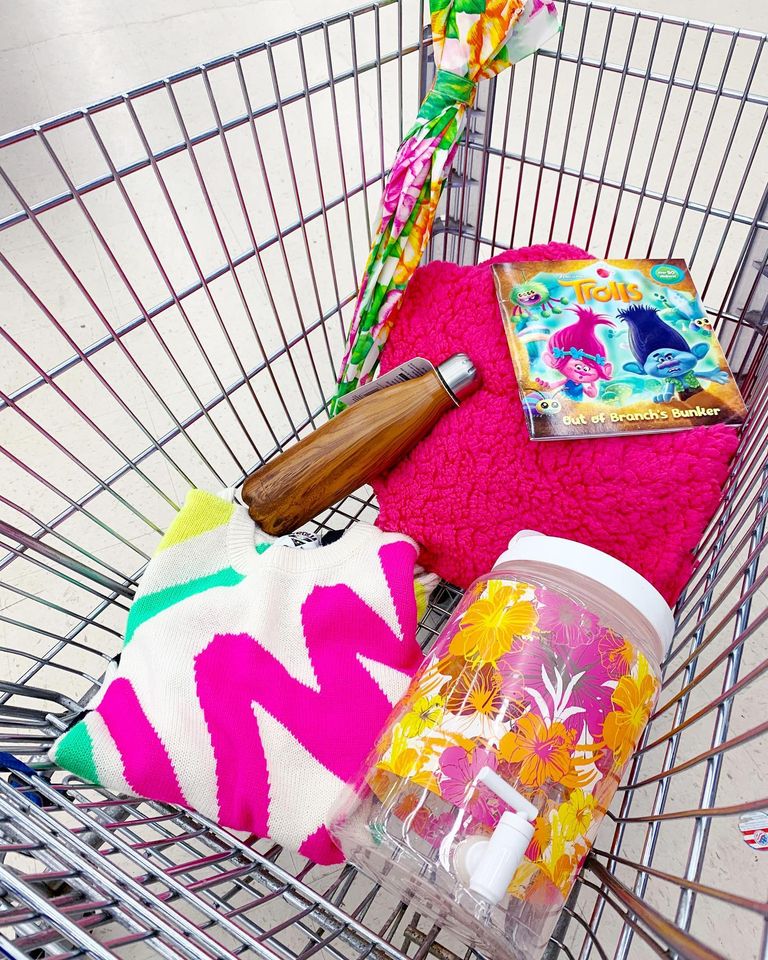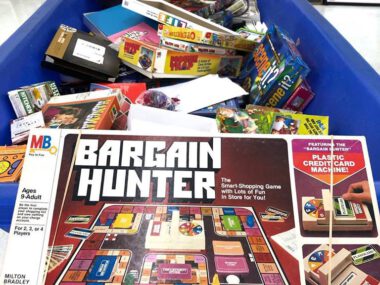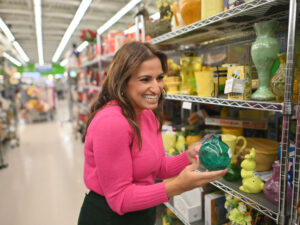Podcast: Play in new window | Download
Subscribe: Apple Podcasts | Spotify | Amazon Music | Android | Email | RSS | More
It’s no surprise thrifting is definitely a sustainable practice many of us can take to reduce our carbon footprint and our spending habits. But how do you make something that is already sustainable an even more sustainable practice? A recent conversation with a guest for an upcoming episode left us wondering, are we sustainable thrifters?
So we started thinking about the small steps can we take in our every day lives that could help us become more conscious thrifters and donors:
Bring your own bags
Let’s start with the one that sparked the idea of this entire episode. Bring your own bags. Some stores like Goodwill Akron offer an incentive for not using a plastic bag and some places like Goodwill Cleveland and Salvation Army actually did away with bags all together.
Ask yourself before you donate: would I or someone I know pay to buy this item at a secondhand store?
Wash or clean your items, especially clothing before you donate them. This will increase the likelihood of items being purchased and not sent to the salvage stream. Rubber band shoes together so they don’t get lost and separate housewares from textiles.
Salvage damaged items
If you’ve ever wondered what to do with a sweatshirt with a bleach stain or a pair of shoes that you feel guilty throwing away but know aren’t really wearable, don’t fear. You can put them in a separate bag and mark them “salvage.” Most Goodwill locations in the United States will recycle them for you by putting them through their “salvage stream.” Instead of going into a landfill, salvaged items can be recycled into rugs, textiles, and many other things. Ask your local store about their policy and process for accepting salvaged items.
Check to see what your thrift store accepts before donating an item
It can be costly for thrift stores to dispose of items that they can’t accept. Check your local store’s website or give them a call before donating your items.
Don’t buy an item just because it was inexpensive
This can be a difficult practice but avoiding it can be costly. Be intentional about your purchases and consider these questions:
Can I wear it three ways?
Have I donated something like this recently?
Do I really need it?
Remember, unnecessary $1, $3, and $5 purchases add up.
Follow the one-in-one-out rule as much a possible
Find yourself bringing a lot of stuff home from the thrift store? Try making a habit of rotating items by donating things you’re no longer using or wearing. This practice will help reduce waste in you home, allowing you to focus on purchases you actually need.
Make a thrift wish list and budget
This is one of the most powerful things you can do as a secondhand shopper. Making a list helps you stay focused on things you need. Consistently shopping without a list or budget is the easiest way to make thrifting an expensive habit.
Can’t find what you’re looking for? Find new purpose for other items
Of course, there’s the obvious DIY, but think beyond that. For example a pitcher for vase, a dress as a shirt, and so on.
Sign up for thrift store alerts
Sign up for alerts and mailing lists to get notifications of sales to save even more money when thrifting. This will also help you plan your trips according to your thrift wish list.
Make a thrift route to reduce the number of trips to the thrift store
Before you leave the house make a literal thrift route so you’re not backtracking and adding more pollution to the environment.
Thanks, it’s Thrifted is a podcast about secondhand shopping hosted by two treasure-hunting friends, Dina & Shannon. Subscribe today. Follow on Instagram @dinasdays and @thanksitthrifted.pod. For more about the podcast visit dinasdays.com/podcast.










